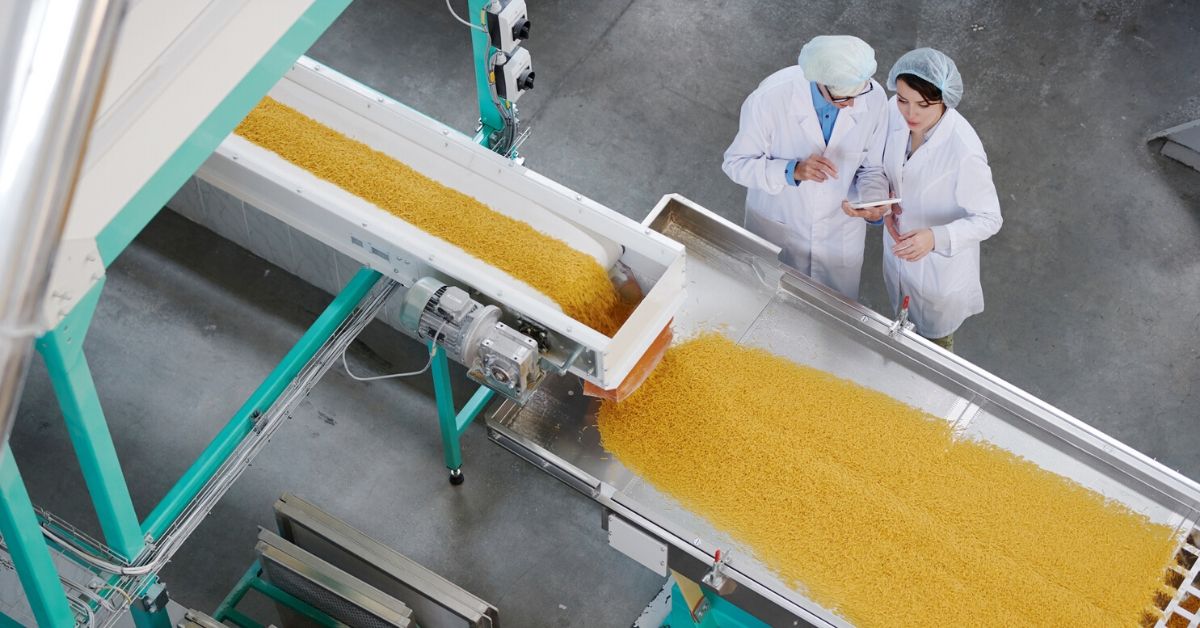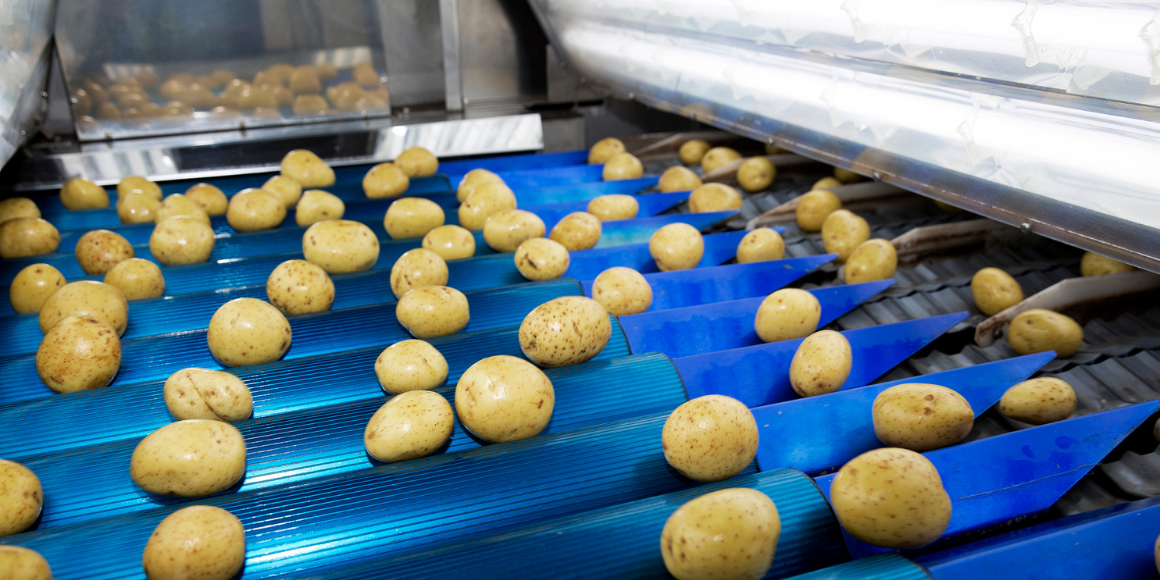The Evolution of Profit Calculation
In any manufacturing or food processing industry, the goal is to make a profit. That’s a given. Without a consistent profit, the company will quickly go out of business. That’s Business 101.
But, how profits are calculated or derived is changing for many industries. The old rule of thumb for calculating price was fairly simple:
Cost (to manufacture) + profit margin (usually in percentage) = the price of the item
For many companies now, the profit calculation has changed. With consumers more involved as a factor in determining price, the profit equation is:
Price (fixed) – Cost = Profit
The Impact of Consumer Influence on Pricing
Setting a fixed margin on cost was particularly useful for handcrafted products. Automobiles were sold this way in the early days of that industry, circa the early 1900s.
Called craft production in many circles, the process was quite involved and time-consuming. A buyer would contract with a shop owner to have a car built. Following the buyer’s specifications, the shop would build the automobile, often farming out certain aspects of building the finished product to other specialty small machine shops.
Eventually, the car would be assembled. The buyer would road test the vehicle accompanied by the shop’s mechanic. Tweaks and adjustments were made—often on the spot—to satisfy the buyer’s demands. In almost every step, the buyer was intimately involved in the manufacturing process.
Imagine doing that in today’s competitive market!
There are still some luxury cars built similarly—Aston Martin, Ferrari, and Lamborghini, to name a few. But that personalized touch comes with a hefty price tag.
Most businesses, however, are not manufacturing high-end automobiles. They are producing consumable or durable goods used in everyday life.
Today, particularly in light of the recent pandemic, the profit calculation has changed for many industries. Consumers have more control over price. It’s the buyer who determines, to some degree, the cap on the price paid for many products.
To wax a little poetic: If the price is too high, the consumer won’t buy!
Sure there are exceptions where the laws of supply and customer demand still rule. The toilet paper scare during the pandemic was proof of that. But even then, companies that raised prices too high were met with penalties, particularly from governmental agencies.
Adapting to Change with Key Performance Indicators (KPIs)
Today, manufacturing companies must pay attention to the inner workings of the manufacturing process by monitoring all the important key performance indicators and ensuring operational efficiency.
Two factors that demand closer inspection are cycle time and throughput time. Both are important measures of production performance. They’re related, governed by time (among other factors), and are both measures of machine and process line effectiveness. And both affect profitability.
Unveiling the Metrics
Let’s look at each individually, then wrap up by looking at continuous improvement tools to help maximize their efficiency.
Basic Cycle Time Defined
Simply put, the amount of time it takes for an object to move from point A to Point B is cycle time. This can be the interval between the time in which a raw product is first introduced into a machine until the finished part or product exits the machine.
Cycle time can be expressed in several different ways:
- Effective cycle time: The time to complete a cycle, including the load time, unloading time, applied changeover time per piece, and processing time per piece
- Equipment cycle time: The time to process the piece, excluding support steps
This can be a single machine or a group of machines in an assembly line, but the concept is the same. The item moves from Point A (introduction to the process) to Point B (exiting the process). Arguably, the only way to decrease cycle time is to speed up the process. However, defects may increase, and that can lead to wasted time in the form of recycling. Cycle time is also an important metric used by ERP software for effective production planning.
A Comprehensive Look at Throughput
Throughput is the number of units processed or produced during a defined period. It can be for a single part of an overall product, used to determine machine throughput, or for the more complete calculation of an entire completed product from start to finish—for example, W number of ball bearings produced during X period or Y completed bearings produced during Z period. This can also be a calculation of time from receiving raw materials, processing those materials into a product, and getting it ready to ship.
Throughput can be used for granular or mass calculation purposes. But it is, simply defined, the number of units per a defined period. The time frame is usually expressed in minutes or hours.
Depending on its application, throughput volume can also be expressed in several different ways:
- Theoretical throughput is the maximum throughput possible if the equipment is running at top speed and making only good parts.
- Total throughput is the total number of units that pass through the process, including scrap, rework, and good units. This value shows the potential for production volume improvement by improving quality.
Effective or actual throughput is the number of good units that pass through the operation during a prescribed period. This value represents the processes' ability to satisfy customer demand because only good parts can be shipped to customers.
However, there is a correlation between cycle time and throughput time.
The Symbiosis of Cycle Time and Throughput Time
If throughput is the number of products produced during a period, and cycle time is the time needed to produce an item—either part of or a complete item—it’s easy to see how they relate. They have an inverse relationship.
Strategies for Enhancing Throughput
Throughput can be increased by decreasing cycle time. One way to do this is by speeding up the machine. While this can and does work, it does have obvious limitations. A machine can only work so fast.
Moreover, ramping up machine speed increases the potential for defects and the inability to catch them quickly enough to avoid downtime.
Another way to boost throughput involves scaling up batch sizes. I saw this in action at a food processing facility, and it’s quite common.
Miniature quiche cups were being processed. The dough was batch-fed into a hopper, then squeezed out and stamped into cupped trays moving down a conveyor. The filling was injected into rows of these formed quiche cups, and the entire line of trays was fed into a massive oven. In the end, the quiche cups were ready for packaging.
So, whatever method you use, throughput can be increased within reason. However, it’s important to monitor the entire process to ensure the smooth operation of all the moving pieces.
The Continuous Pursuit of Improvement
With all the challenges manufacturers continue to face, keeping a sustained eye on and continuously improving your manufacturing process and production lines is critical. Maintaining a competitive advantage means optimization and decreasing costs. This is done through investing in technology that will help you make your factory smart.
Smarter factories combine three major elements to enhance production:
- Data Collection: Critical business processes and equipment are monitored, and data about their performance is systematically gathered.
- Data Analysis: Through automation, collected data undergoes thorough analysis, unveiling insights and identifying areas that will do everything from improve quality control, decrease downtime, boost throughput rate, minimize production time, and ultimately enhance customer satisfaction.
- Reporting and Action: Findings from the analysis are translated into actionable reports, facilitating targeted improvements.
At Worximity, we help companies design smarter factories with Industry 4.0 technology that connects any machine or process. Captured data is sent wirelessly to a real-time dashboard where it can be accessed from any device and displayed on monitors on your shop floor. This way, everyone involved in production, from operators to supervisors, and executives can understand performance in real-time.
Customer Success Stories
When Mondoux Confectionary started leveraging continuous improvement tools like real-time production monitoring with Worximinty, they were able to reduce inefficiencies and boost production by 25% with the same number of employees and equipment.
Martin & Ginger Barkey (MBRP), manufacturers of high-performance exhaust systems leveraged real-time production monitoring to reduce their backlog of orders and ensure supply was able to keep pace with customer demand. They did this by leveraging the data from their shop floor to set benchmarks for key metrics, measure performance in real-time, and then improve. As a result, they succeeded in increasing production efficiency by significantly reducing cycle times at each workstation and improving their workflow.
FAQ
How do you calculate throughput time?
Throughput time, also known as lead time, is calculated by adding up the total time a unit spends in the production process from start to finish. This includes processing time, waiting time, inspection time, and any other delays or interruptions.
What is throughput time vs cycle time?
Throughput time refers to the total time a unit spends in the production process, while cycle time refers to the time it takes to complete one cycle of production for a single unit. Throughput time includes all stages of production, whereas cycle time focuses on the time it takes to complete one repetition of the process.
What is the difference between flow time and throughput time?
Flow time is the time it takes for a unit to move through the entire production process, including both processing time and waiting time. Throughput time, on the other hand, encompasses the total time a unit spends in the production process, including processing time, waiting time, inspection time, and any other delays or interruptions.
What are the four elements of throughput time?
The four elements of throughput time are processing time, waiting time, inspection time, and any other delays or interruptions within the production process.
What Is Throughput Time?
Throughput time, also known as lead time, is the total amount of time it takes for a unit to move through the entire production process from start to finish, including processing time, waiting time, inspection time, and any other delays or interruptions.
What factors can impact throughput time in a production process?
Several factors can impact throughput time in a production process, including equipment downtime, material shortages, inefficient processes, excessive work-in-progress inventory, bottleneck operations, and variability in production demand or resource availability.
How can a business reduce its throughput time?
A business can reduce its throughput time by optimizing production processes, eliminating bottlenecks, improving workflow efficiency, implementing lean manufacturing principles, reducing setup times, minimizing work-in-progress inventory, investing in automation and technology, streamlining inspection processes, and continuously monitoring and improving operations to identify and address inefficiencies. It all starts with having a good understanding of your performance by leveraging production monitoring to keep track of key metrics like throughput time, and downtime then using this information to drive continuous improvement.
Looking for help calculating OEE? Check out this free template.







